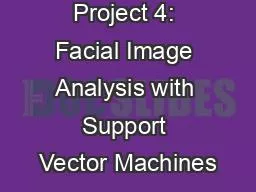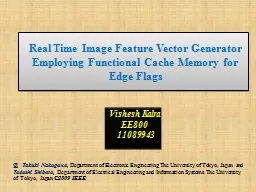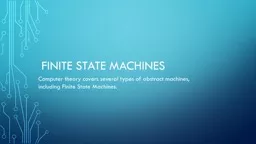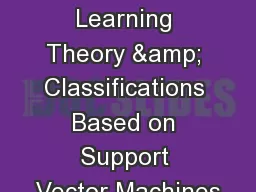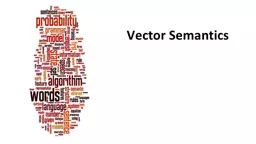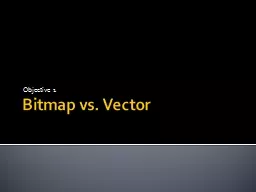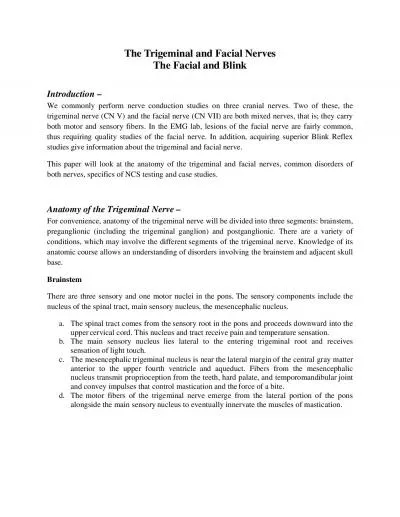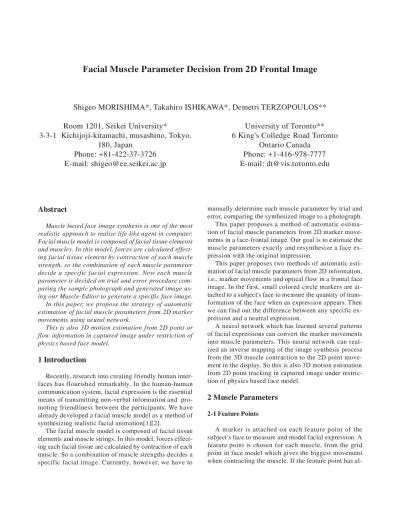PPT-Project 4: Facial Image Analysis with Support Vector Machines
Author : kinohear | Published Date : 2020-07-02
Catherine Nansalo and Garrett Bingham 1 Outline Introduction to the Data FGNET database Support Vector Machines Overview Kernels and other parameters Results Classifying
Presentation Embed Code
Download Presentation
Download Presentation The PPT/PDF document "Project 4: Facial Image Analysis with Su..." is the property of its rightful owner. Permission is granted to download and print the materials on this website for personal, non-commercial use only, and to display it on your personal computer provided you do not modify the materials and that you retain all copyright notices contained in the materials. By downloading content from our website, you accept the terms of this agreement.
Project 4: Facial Image Analysis with Support Vector Machines: Transcript
Download Rules Of Document
"Project 4: Facial Image Analysis with Support Vector Machines"The content belongs to its owner. You may download and print it for personal use, without modification, and keep all copyright notices. By downloading, you agree to these terms.
Related Documents

